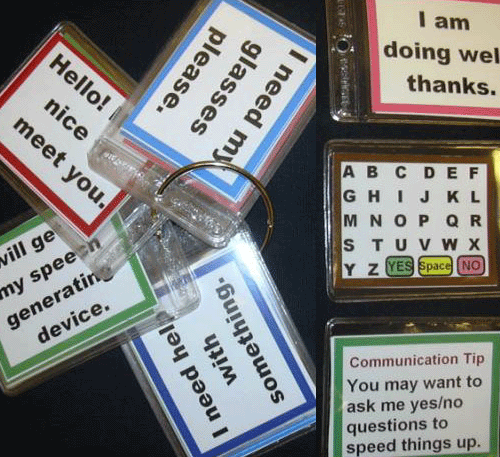Personal Learning Network (PLN)
NETS - 5
A Personal Learning Network, or PLN is often comprised of various people who collaborate and interact with one another in order to increase their knowledge base via resources and ideas. People have the ability to create connections with one another in order to develop a network contributing to their professional or educational development. Often those whom comprise a PLN do not personally know each other, or ever truly meet, they simply share information by means of technology. Such technological tools consist of Twitter, Google Docs, Diigo, Skype, and many more. The PLN that I am creating will aid me with furthering my knowledge of becoming a speech-language pathologist. My PLN can improve my knowledge about current technology, assessments, as well a treatment techniques.
Twitter
Twitter is an online social networking tool that allows a user to increase their PLN. Twitter allows me to find others whom share similar interests and/or goals as well as take part in online chats with people whom I can connect with to increase my knowledge and further my education. I have actively been building my network with fellow students, teachers, and speech-language pathologists (SLP). Some of the people that I am following consists of Kimberly Murphy, an SLP specializing in language-literacy disorders; Home Speech Home, which provides speech therapy ideas and tips from certified SLPs; Geek SLP, which provides information about apps and technology for speech therapists and teachers; Apraxia KIDS, a nonprofit organization for children with apraxia that is dedicated to providing up-to-date information for parents and professionals; and Jeremy, whom is an outpatient pediatric SLP.
On Sunday, August 15, 2011 at 11am, I participated in the #SLPchat regarding ‘Literacy and the SLP.’ This chat was designed as a collaborative discussion for SLPs, future SLPs, teachers, parents, or anyone else interested. Many SLPs expressed that literacy is not often the main focus of treatment sessions as they are frequently bound by timelines, IEPs, and parental demands. Some SLPs assess reading literacy as part of the full language assessment during consultations as well as go over reading/language comprehension and expression. One question brought up during this chat was “How do you typically provide treatment for literacy skills in developmentally delayed or physically impaired individuals?” Many felt that the speed/fluency of reading is not as important as the ability to comprehend what is being read. Therefore, treatment would consist of rhyming, songs, stories, etc. Also, phonemic awareness, retelling of information in stories, listening comprehension, and oral expression skills take a major part in literacy treatment. After participating in this chat, I realized that it would be impossible to gain this knowledge from a textbook and that I would do most of my learning through first hand experiences or from the experiences through others, therefore using my PLN.
Diigo
Diigo is a social bookmarking site that enables me to expand my PLN. With this tool I am able to collaborate with teachers, students, and SLPs in order to find information pertaining to any topic of interest. I am currently following our professor, as he provides current technological information as well as useful tools for education; David Warlick, whom is a writer, and programmer in the educational field; Elea Asher, whom is also working on becoming an SLP; and Alyson Heiney, whom is an SLP and provides current information regarding treatment. Thus far, I have used Diigo to tag websites that provide information and further my knowledge in education and speech-language pathology. I have tagged a few sites as PLN, including social media for SLPs, Augmentative and Alternative Communication Centers, as well as Speech-Language Pathology Sharing. Each of these sites pertain to the field of SLP and provide current knowledge in the field, thus connecting me with others interested in the same information.
Digital Discussion Forums (Ning)
As a part of my PLN, I decided to join the digital discussion forum on Educator’s PLN, which is also a collaborative site. The badge for this site has been added to my ED422 blog. On this site, I watched the video “Why Educators Should Join Twitter.” I chose this video due to the fact that we used Twitter in class as part of our PLN, and I wanted to see another view as to why it would be beneficial for educators to use the social networking site. The video validated everything we learned in class, describing Twitter as a “global staff lounge” where educators from all over the world are able to collaborate with one another in order to share information and participate in chats regarding current and useful topics.


